This year, ArcticNet’s Arctic Change 2014 involved over 1,350 participants, to be (somewhat) precise. They represented 23 countries from all over the world, with the strongest contingents coming from circumpolar nations. There were 375 posters and 450 presentations. Basically, Arctic Change 2014 was a fun-filled, jam-packed, five-day, polar research extravaganza.
Although ArcticNet is a huge part of my experience in Nunavut, it is probably not very well-known by many Nunavummiut. ArcticNet is a Network of Centres of Excellence of Canada that brings together scientists and managers in the natural, human health and social sciences with their partners from Inuit organizations, northern communities, federal and provincial agencies and the private sector. The objective of ArcticNet is to study the impacts of climate change and modernization in the coastal Canadian Arctic. As such, the research conducted through ArcticNet has implications for Nunavummiut, and hopes to inform decision-makers with regards to all sorts of northern issues, ideally moving from knowledge to action.
Each year, ArcticNet hosts an Annual Scientific Meeting that brings together hundreds of polar scientists, researchers, students, community members, policy makers, bureaucrats, and stakeholders. Topics are as wide ranging as the Arctic to Antarctic, and include everything from coping with melting permafrost to engaging Inuit youth in research. But this year is the tenth anniversary of ArcticNet, so they took a big conference and made it, well, bigger.
Fueled by adrenaline and caffeine, I tried to take advantage of everything the conference had to offer. With so much going on, there were many memorable moments, which are distilled down to my top eight highlights from Arctic Change 2014.
1. Arctic Inspiration Prize Ceremony
You know an event is going to be good when host begins with, “Hello, I’m Peter Mansbridge.” But what followed was nothing short of amazing.
The Arctic Inspiration Prize is a $1 million prize intended for multidisciplinary teams who have made a substantial, demonstrated, and distinguished contribution to the gathering of Arctic knowledge and who have provided a concrete plan and commitment to implement their knowledge into real world application for the benefit of the Canadian Arctic, its Peoples and therefore Canada as a whole.
In past years, the prize has been split between several notable projects. This year, however, one initiative stood out above the rest: Fostering Open eXpression among Youth, otherwise known as Arctic FOXY. This enthusiastic and passionate group is addressing the complex determinants of sexual health through a program that is relevant and accessible to Northern youth of all genders, in all three territories. I can expect we will (continue to) see great things from them.
"A million dollar picture" of @Arctic_Foxy the moment @petermansbridge announced the #AIP2014 winner last night: pic.twitter.com/Beu97r4uvH
— Arctic Inspiration (@ArcticPrize) December 11, 2014
Another highlight from the evening was a stunning performance by the one-and-only Tanya Tagaq. Winner of the 2014 Polaris Music Prize for her album Animism, Tanya Tagaq is a renowned artist with a style that is truly her own.
.@tagaq is transcendent. She breathes the pain, triumph, beauty, and strength of the North, past, present & future. #ArcticChange2014
— Ashlee CunsoloWillox (@CunsoloWillox) December 11, 2014
2. Arctic reunions
If you have friends or colleagues at an ArcticNet conference, there is a very good chance that – despite the overwhelming mass of people – you’ll run into them. I was particularly happy to see Sabrina Doyle, Media Editor at Canadian Geographic, who did her very first piece for Canadian Geographic based on my very first ArcticNet presentation at International Polar Year almost four years ago.
3. Food security sessions
So I’m probably a little biased when it comes to my favourite sessions, but “The State of Food (In)security in the Arctic” and “Addressing Food (In)security in the Arctic” were the reason I attended Arctic Change – and these sessions didn’t disappoint. We heard about everything from local community-led food assessments to the federal Nutrition North Canada Program. Nunatsiaq News wrote an article that covered the session, which provides an overview of the presentations.
4. Following #ArcticChange2014 on Twitter
With so many concurrent sessions, it was awesome to read through the #ArcticChange2014 tweets – essentially 140 character summaries of everything happening at once. Little gems, take-away messages, or notable quotes. Members of the Climate Change Adaptation Research Group based out of McGill University stood out as top contributors, and this technologically savvy group took over the Twittersphere in a meaningful way.
5. Screening of “Lament for the Land”
“Lament for the Land” is a documentary about environmental issues in the north, and the resulting mental, emotional, and cultural impacts on one of Canada’s oldest and most enduring cultures. A collaboration between researcher Dr. Ashlee Cunsolo Willox and the five communities in Nunatsiavut, “Lament for the Land” weaves together the voices and wisdom of Labrador Inuit with stunning visual scenery to tell a powerful story of change, loss, and hope in the context of rapid climate change in the North. The film has received a lot of acclaim, so it was exciting to see it being screened during Arctic Change 2014.
6. Nunavut representation
Of the 1,350+ participants, 43 were from Nunavut. It was great to see notable Iqalummiut/Nunavummiut outside of our usual northern context. Johnny Issaluk did what Johnny does best: drum danced, high kicked, and looked amazing in a sealskin coat. Eva Aariak spoke at the Arctic Inspiration Prize Ceremony. Gwen Healey was among the Arctic Inspiration Prize recipients. Jesse Mike represented Nunavut Sivuniksavut. Jamal Shirley presented on behalf of the Nunavut Research Institute. Sara Holzman manned a booth for the Department of Environment’s Climate Change Centre. The list goes on…
7. The Banquet
Of course the food was top-notch and the wine was flowing, but the best part of the ArcticNet banquet was the laid back atmosphere. With the majority of posters and presentations out of the way, people really let loose and enjoyed themselves.
Best part of @ArcticNet #ArcticChange2014? Banquet. Hands down. pic.twitter.com/YJoFY8OPrI
— Sara Statham (@SaraAshleyGrant) December 12, 2014
8. Tributes to Dr. Éric Dewailley
Earlier this year, the ArcticNet research community lost a treasured colleague and friend. Dr. Éric Dewailley was a professor based out of Laval University who dedicated his professional (and personal) life to his research in the Arctic. Dr. Dewailley’s and his contributions were beautifully recognized at Arctic Change 2014, by way of a tribute during the opening plenary session as well as an award during the banquet.
Touching tribute to research pioneer Dr Eric Dewailly. May your legacy inspire others #ArcticChange2014 @ArcticNet pic.twitter.com/BoPgGvRgIh
— Daniel Lamhonwah (@DLamhonwah) December 10, 2014
2014 Mentor Award goes to Prof Éric Dewailly, a great man, colleague and friend @ArcticNetSA @ehPECS pic.twitter.com/tBh2N8uw4v
— ArcticNet (@ArcticNet) December 12, 2014
I would like to extend a huge thank you to the Arctic Change 2014 organizers and participants. What a week! I’m already looking forward to ArcticNet’s 2015 meeting in Vancouver, British Columbia.
Were you at Arctic Change 2014? Was your experience pretty similar or vastly different? Let us know in the comment section below, on Twitter, or on Facebook!



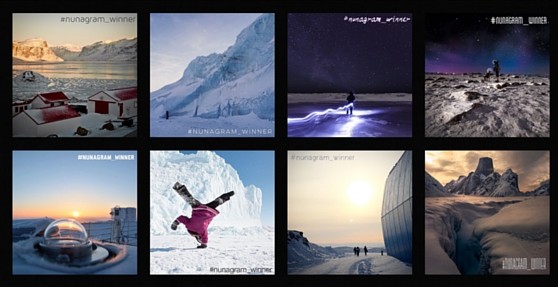

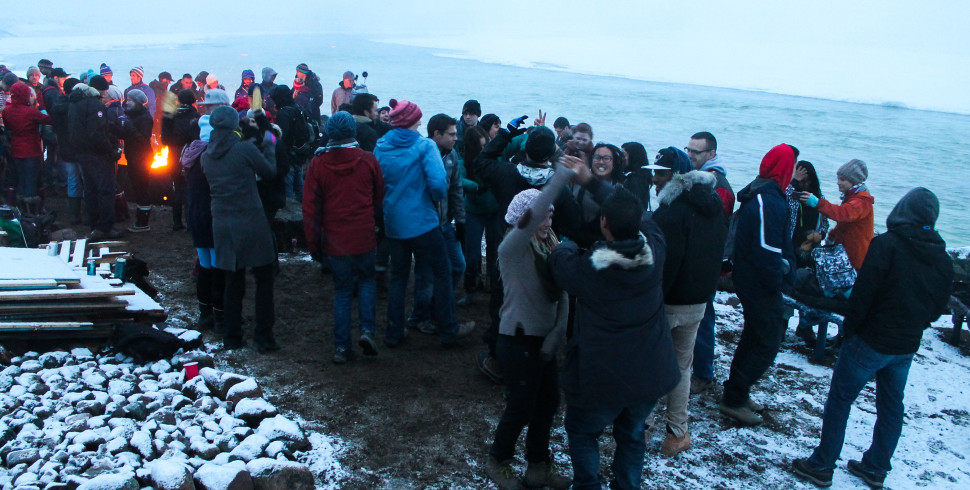





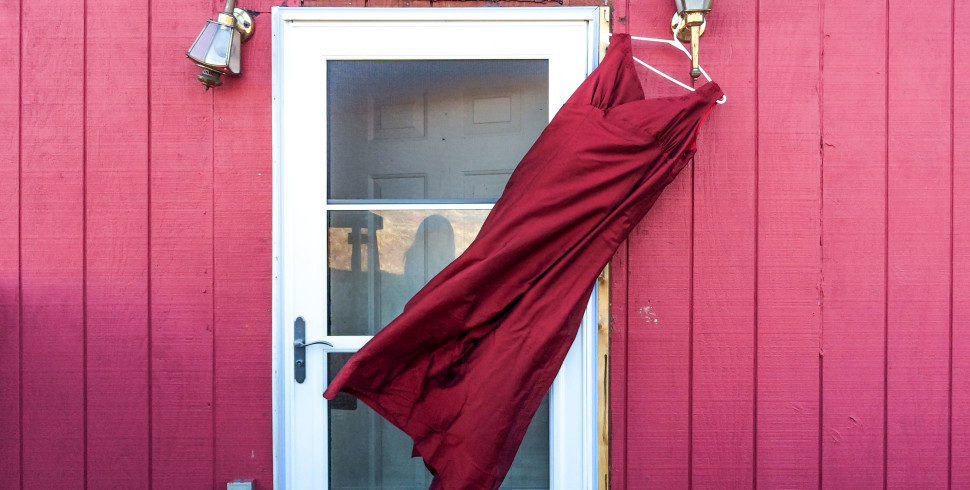

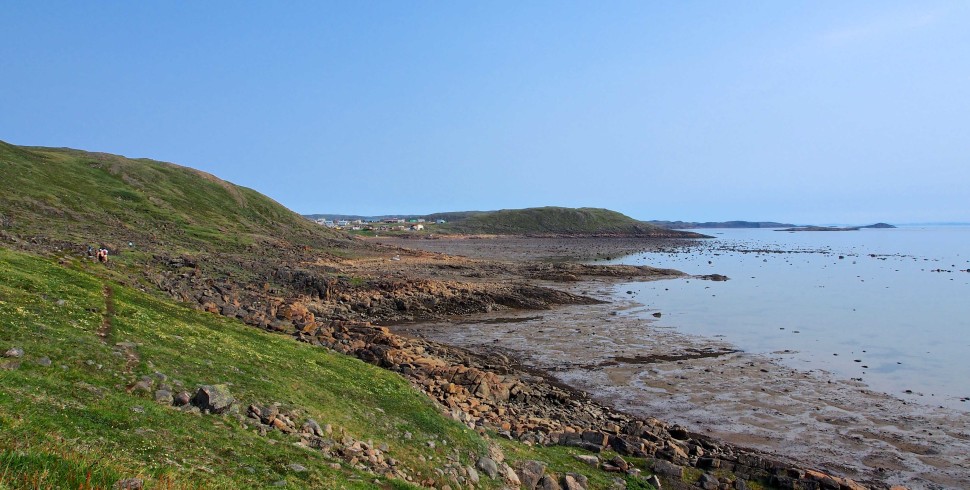
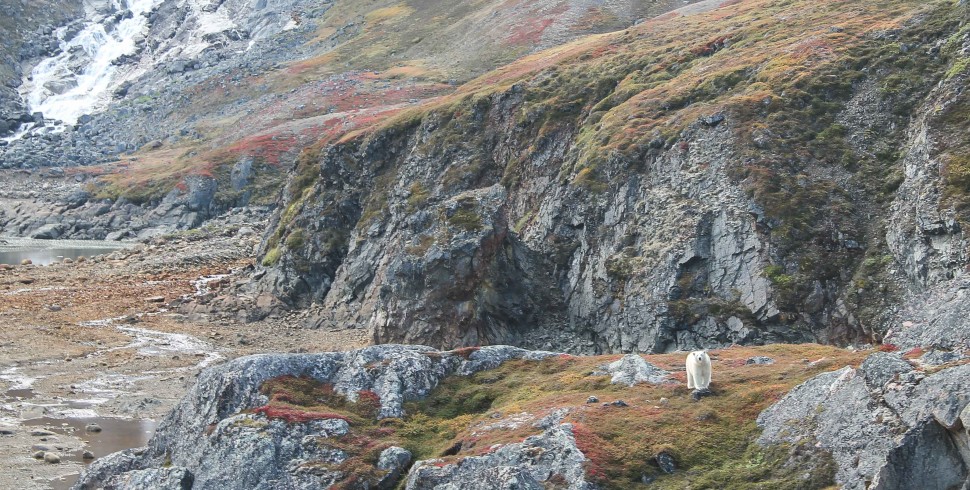
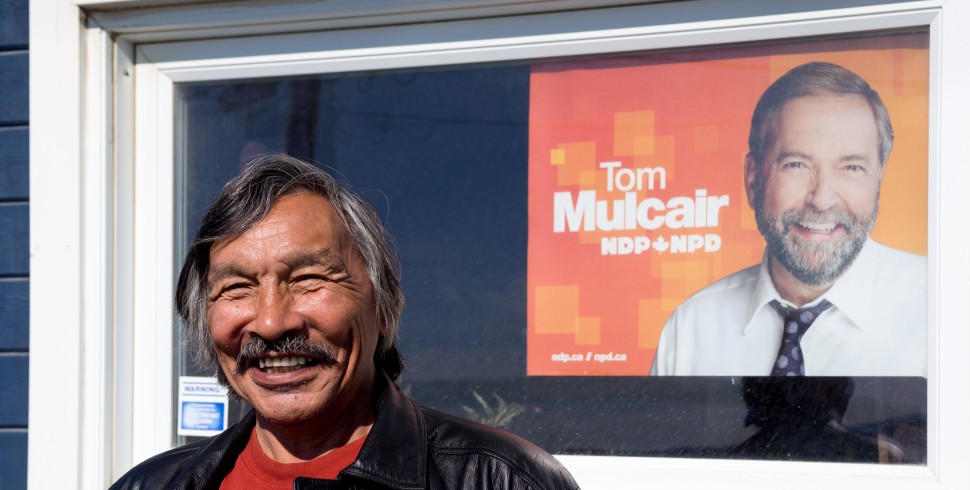
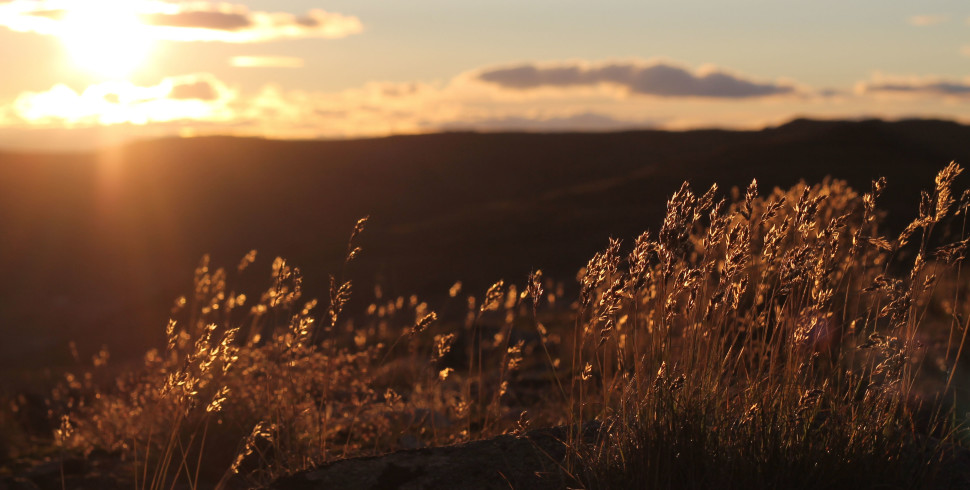
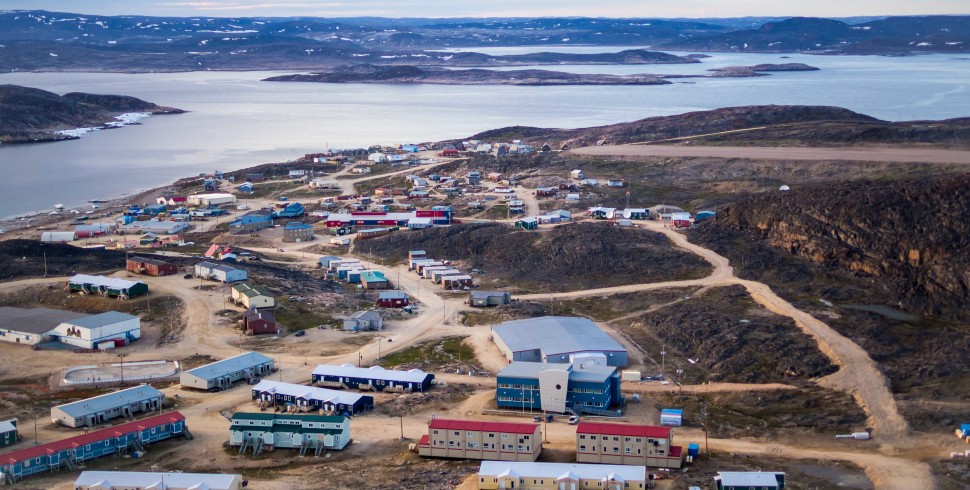
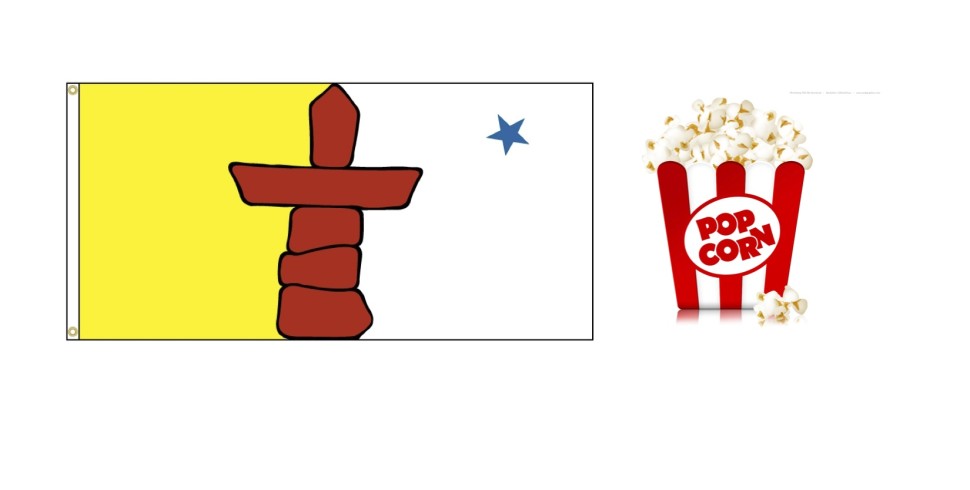




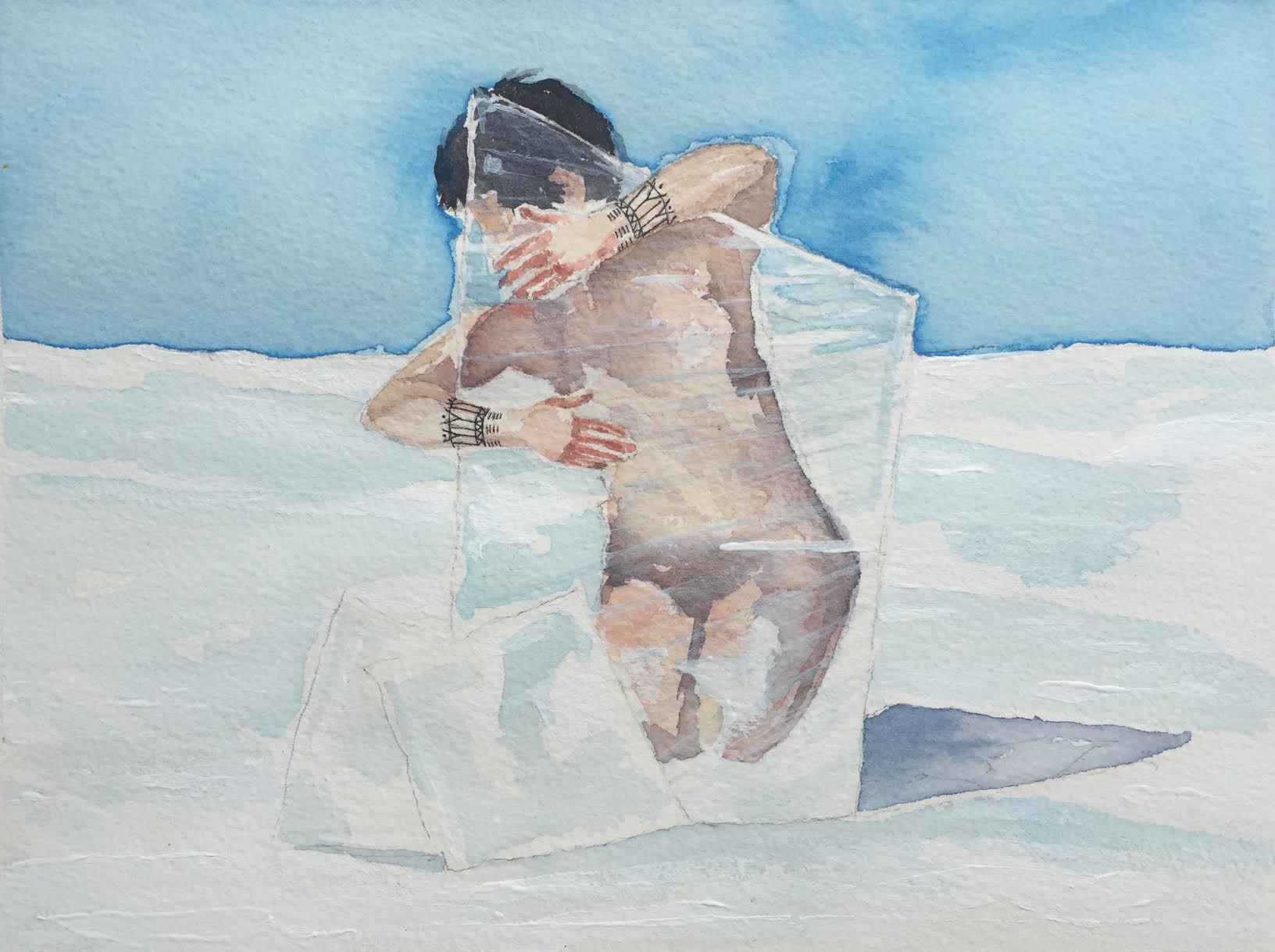
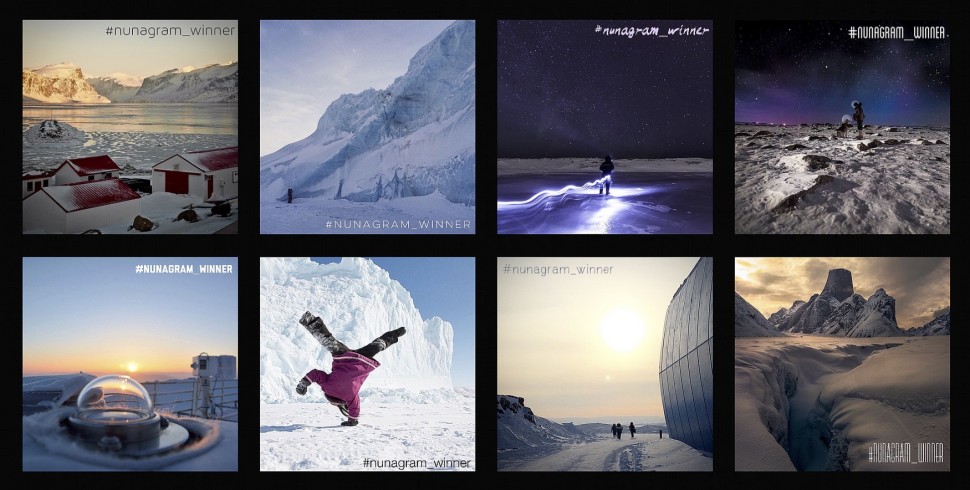

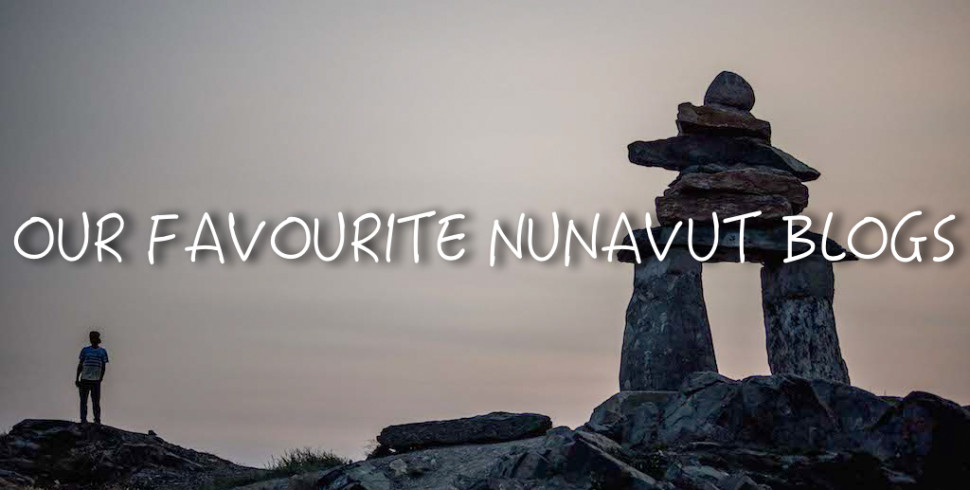
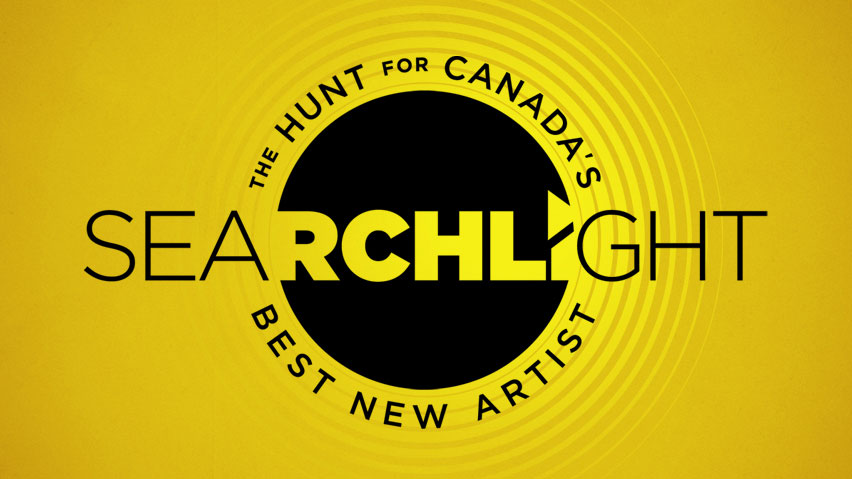
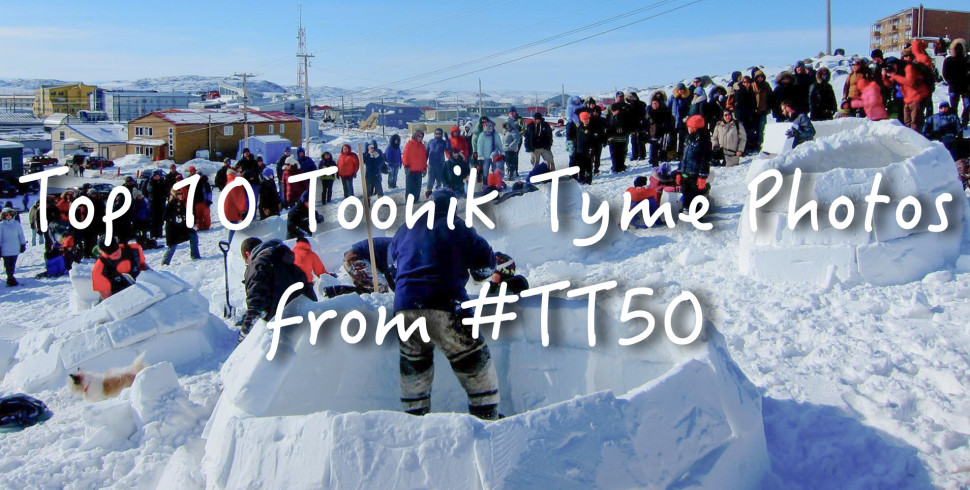

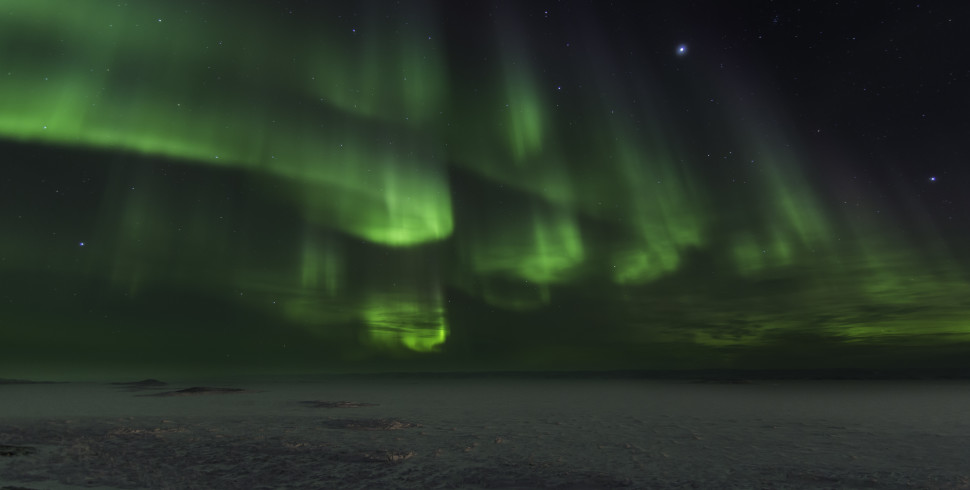
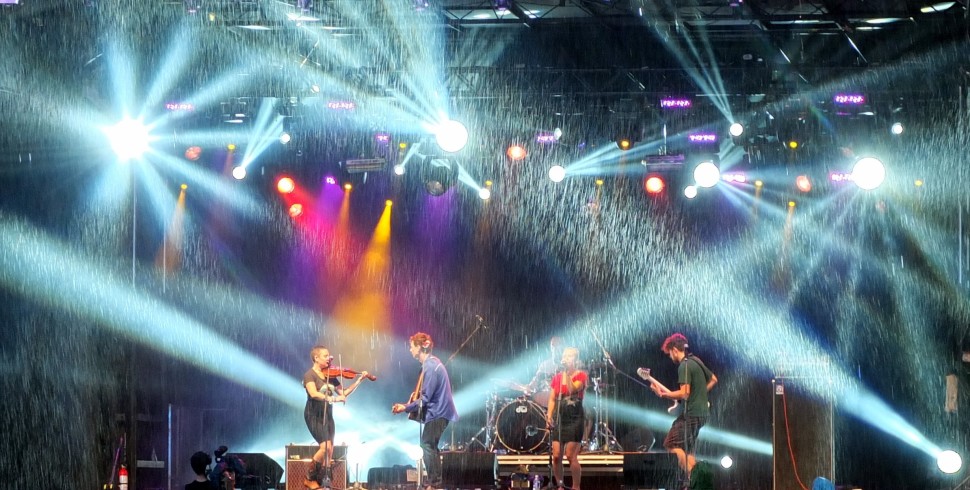
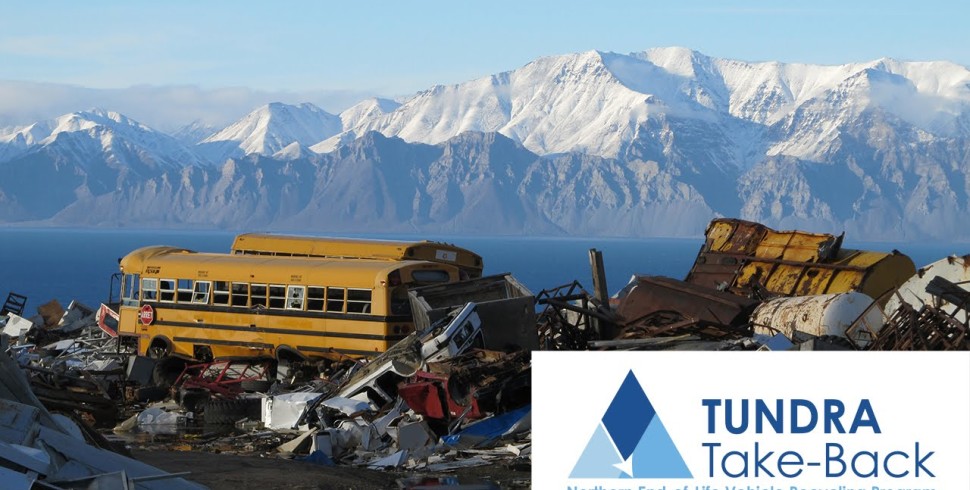
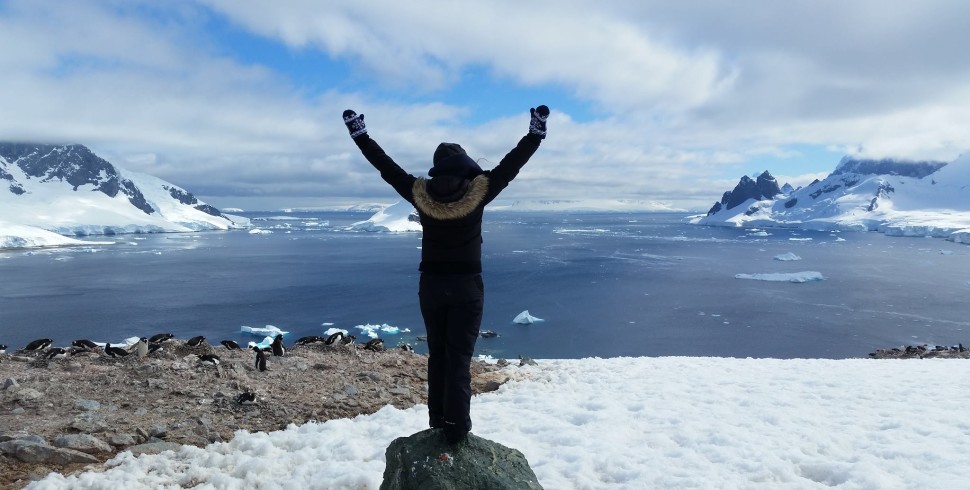
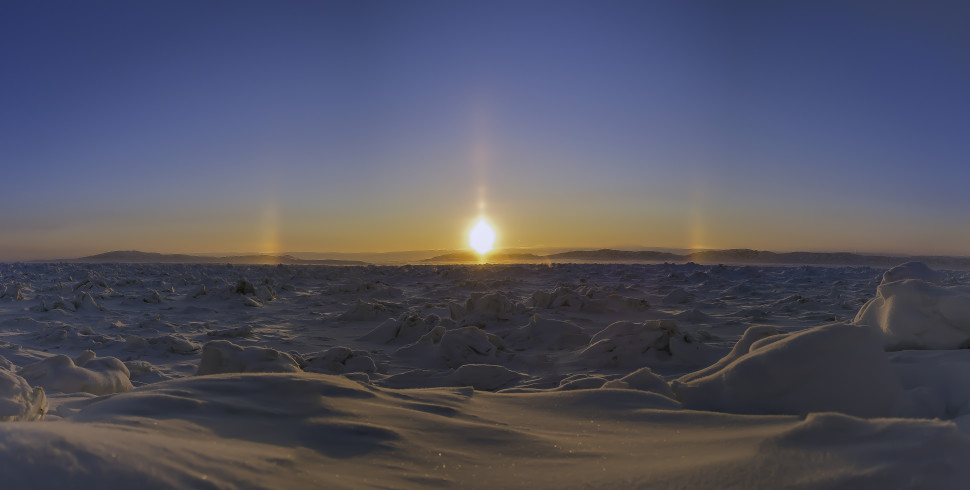
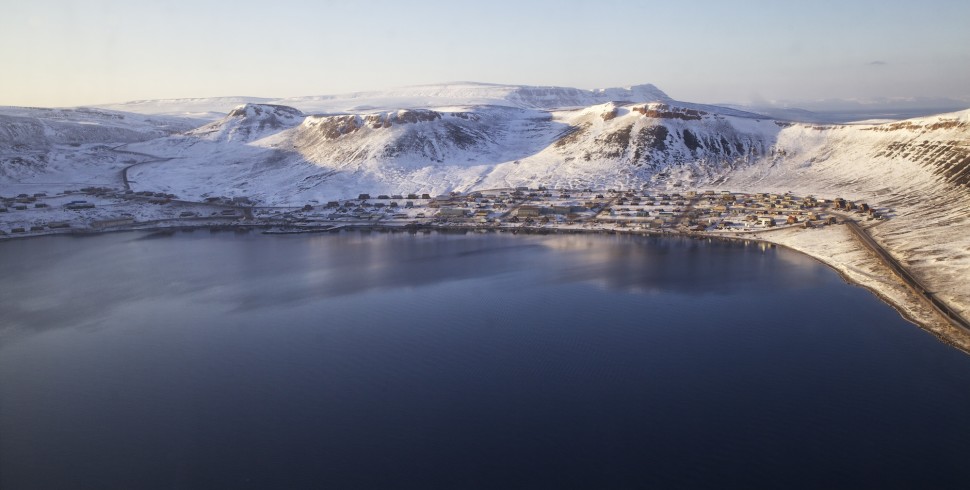
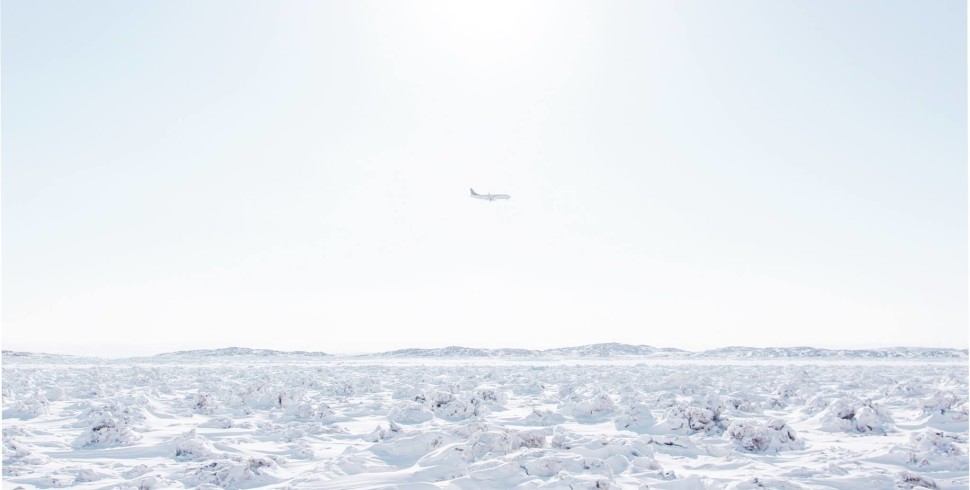
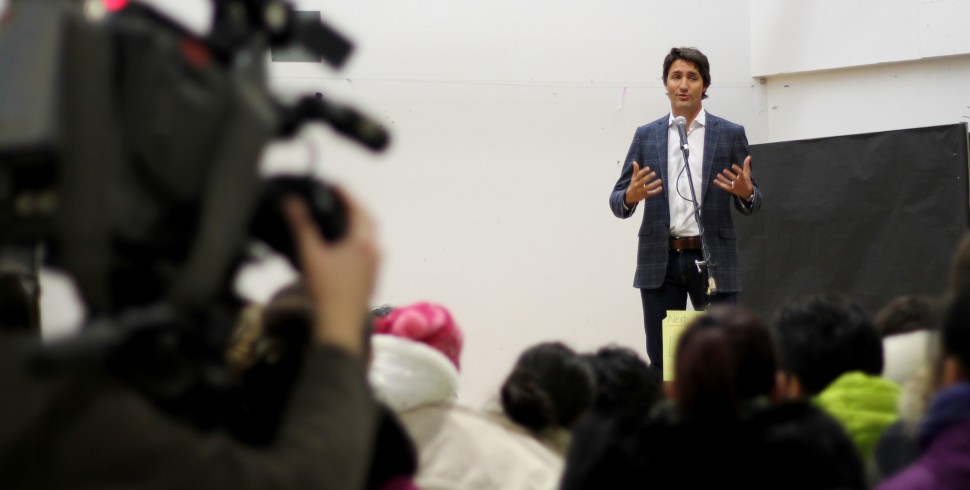



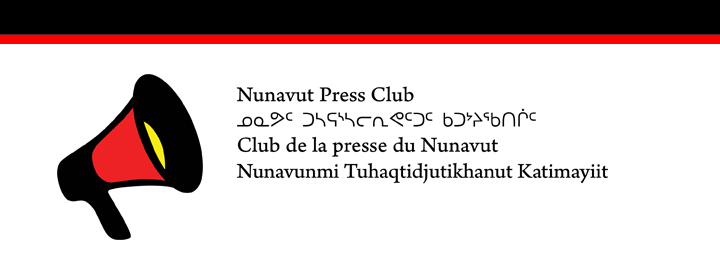

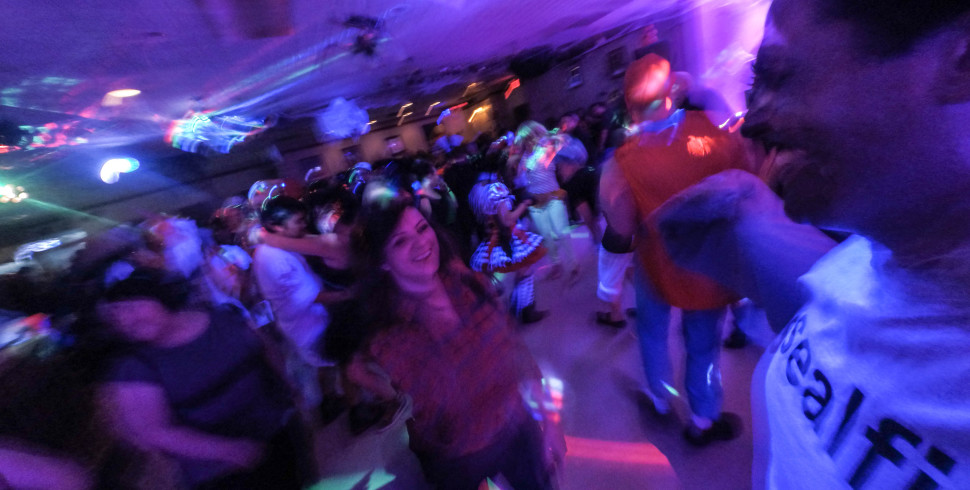
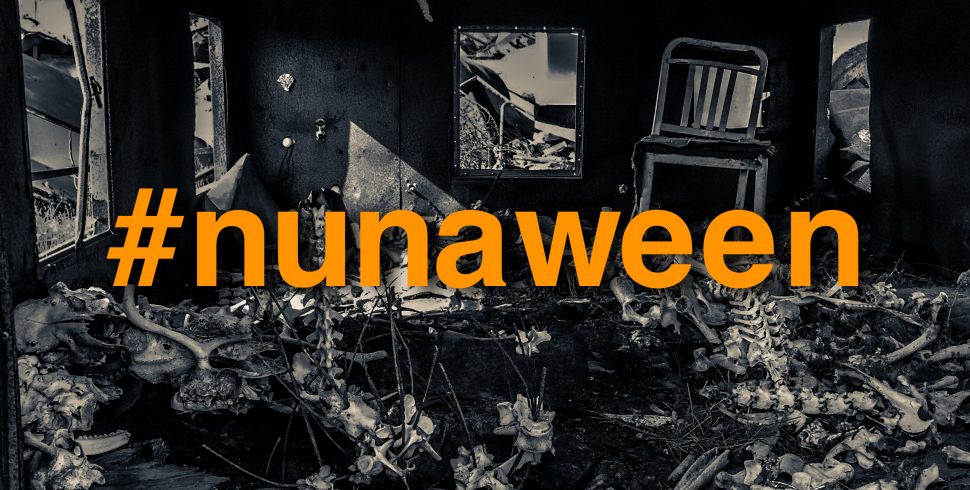

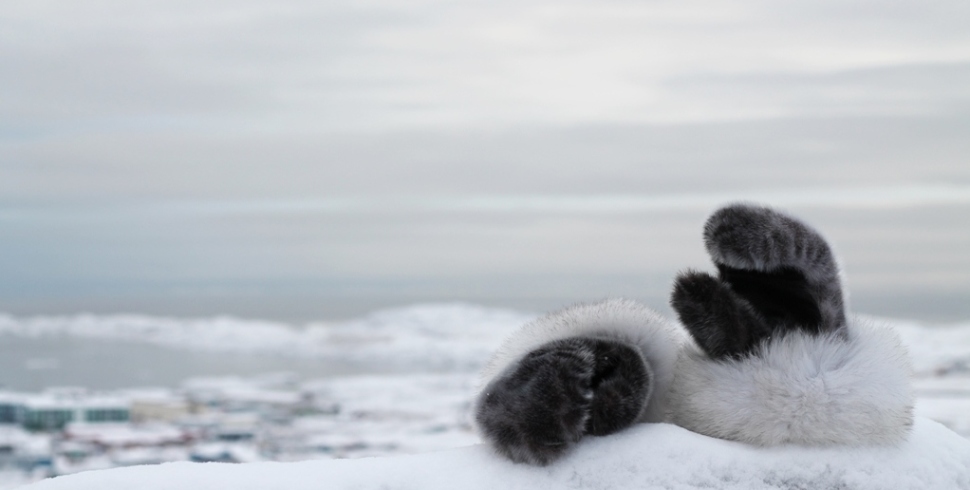
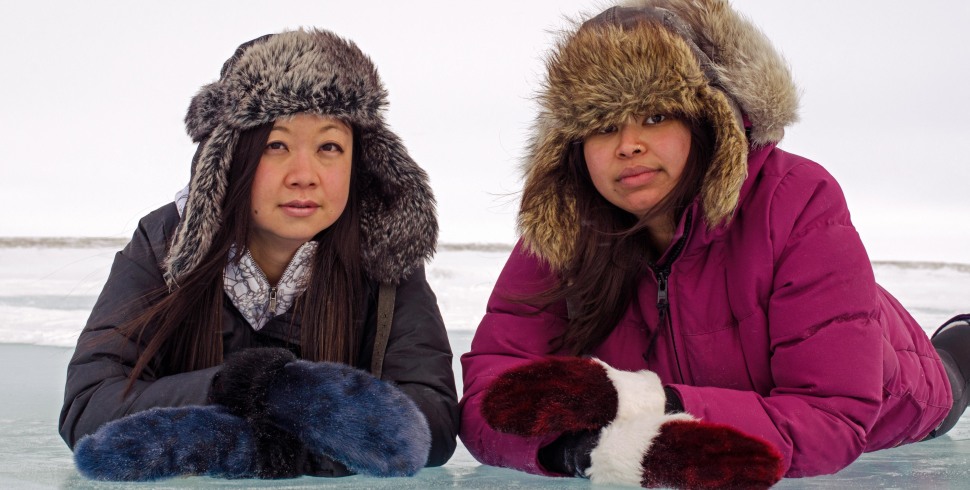

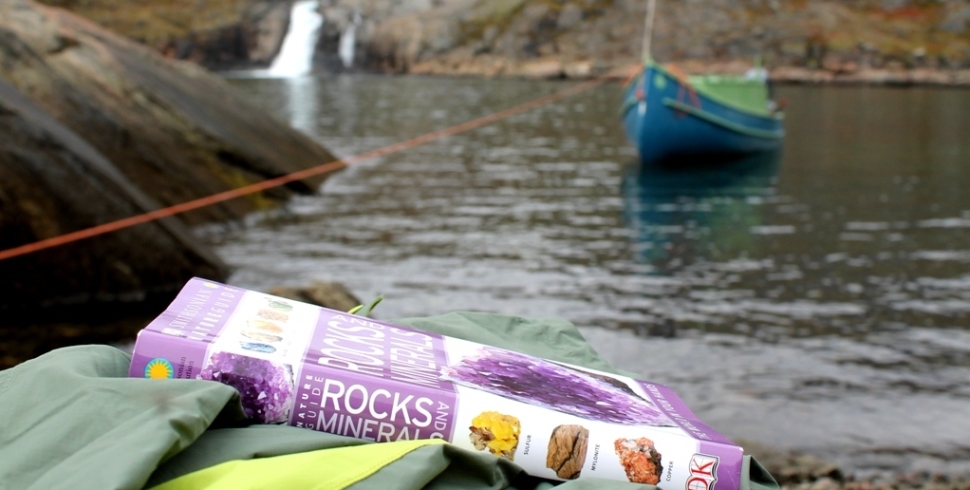
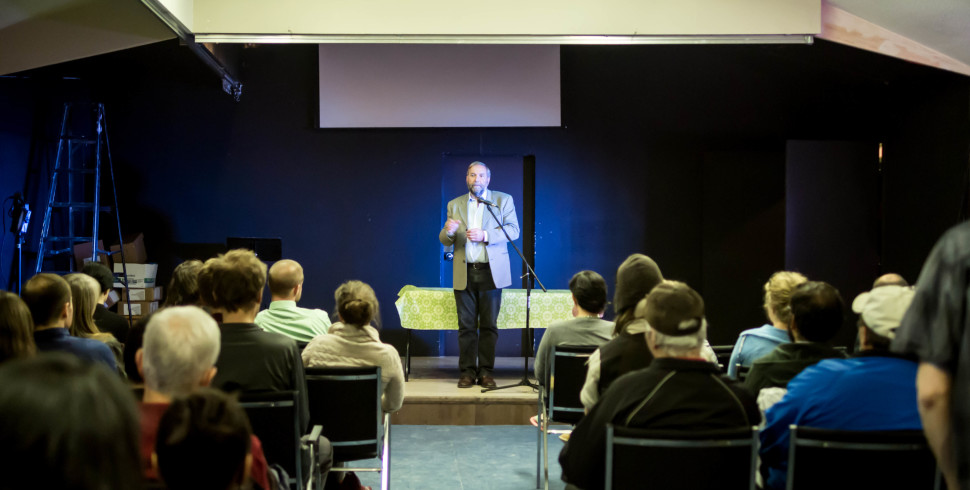

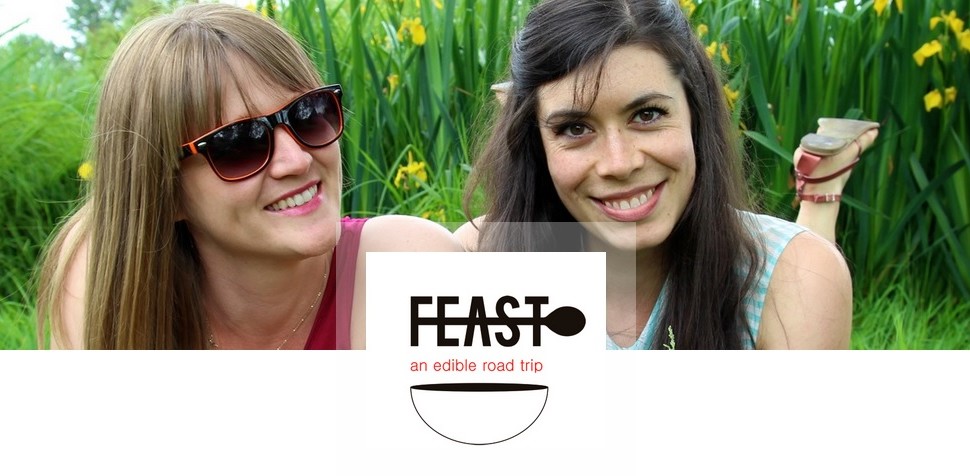
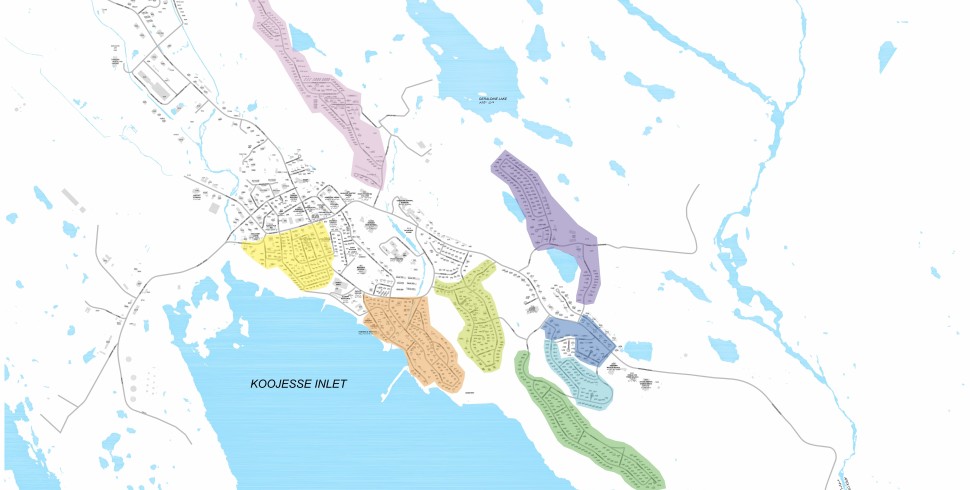

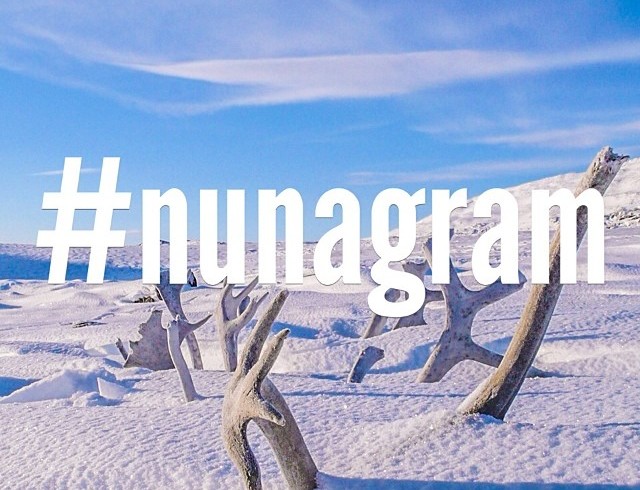
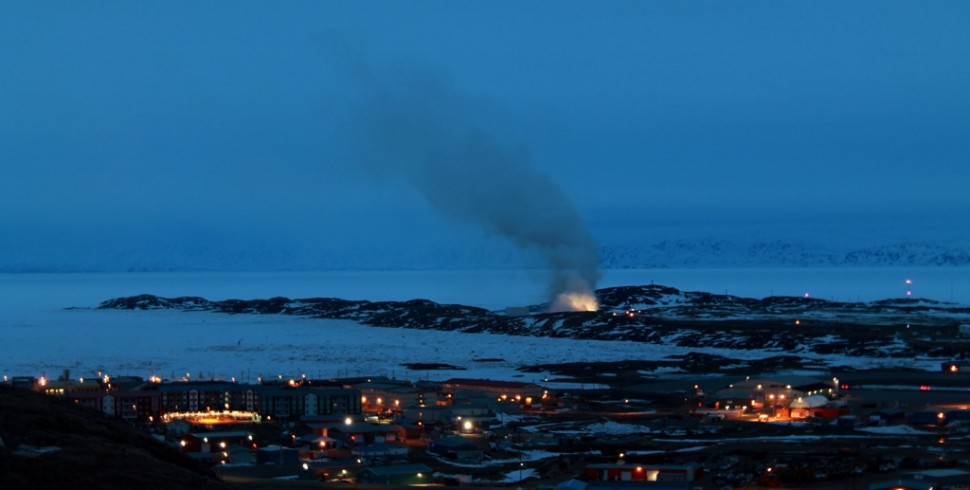
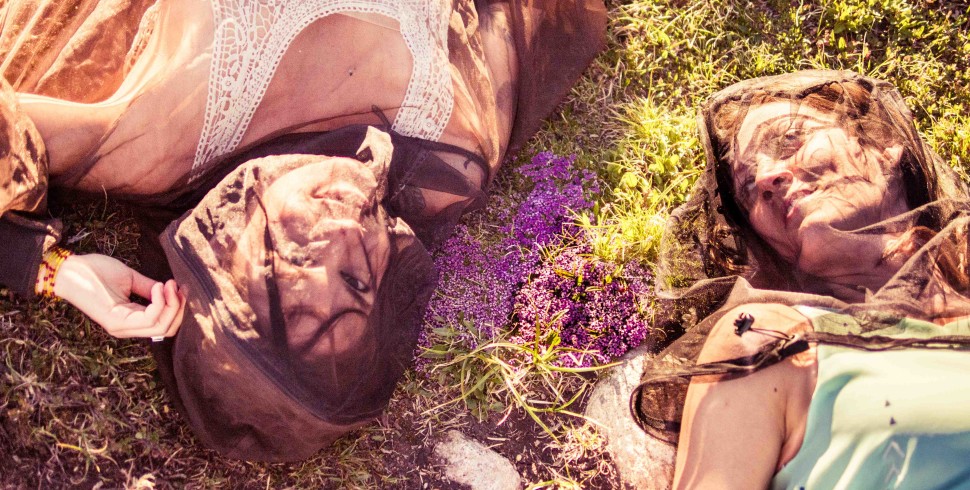
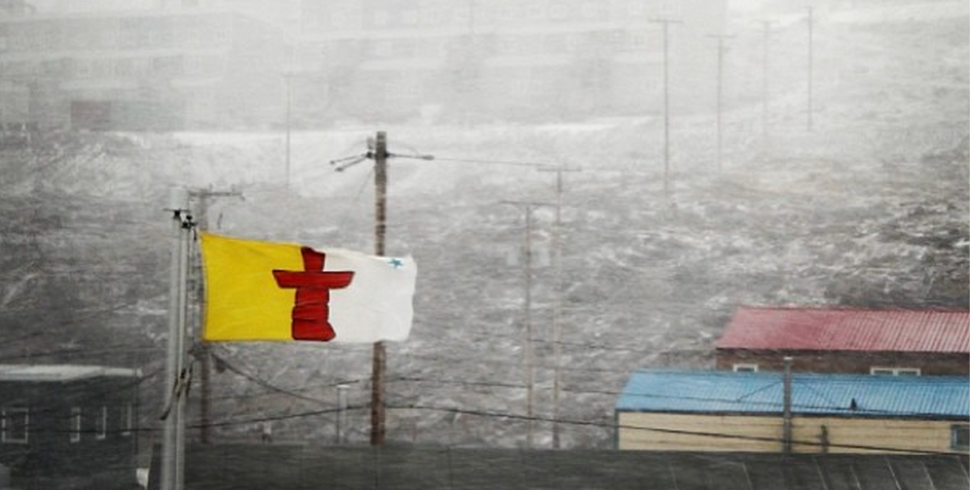
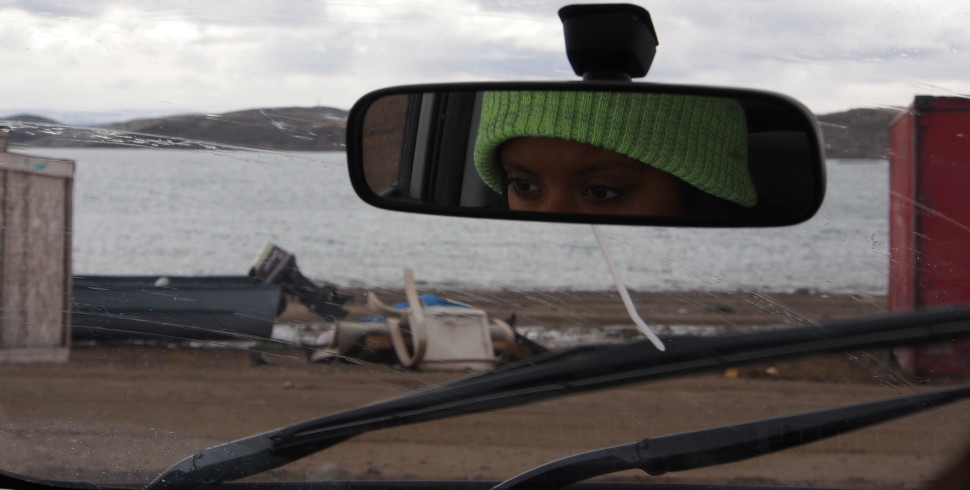
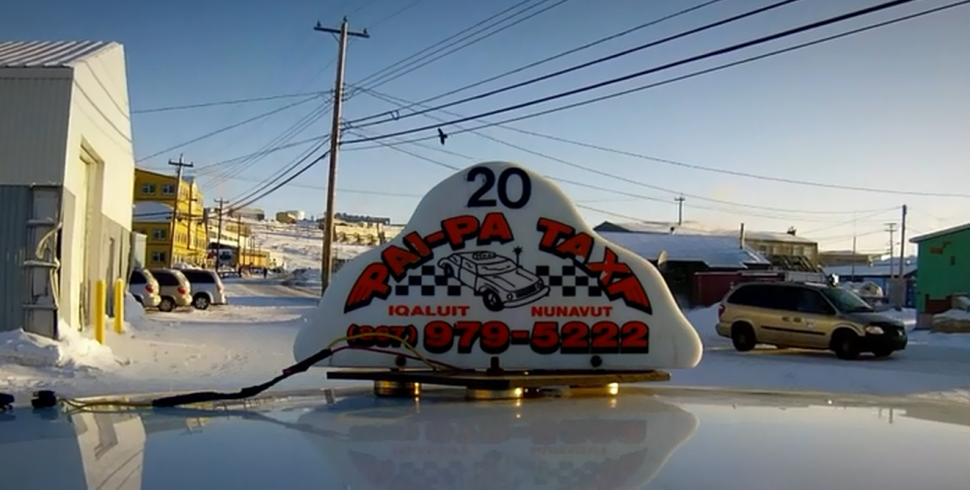

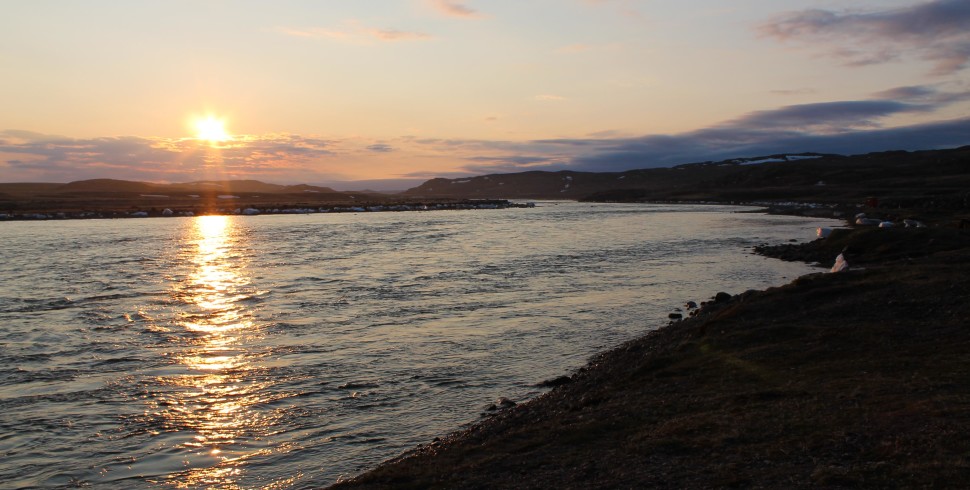

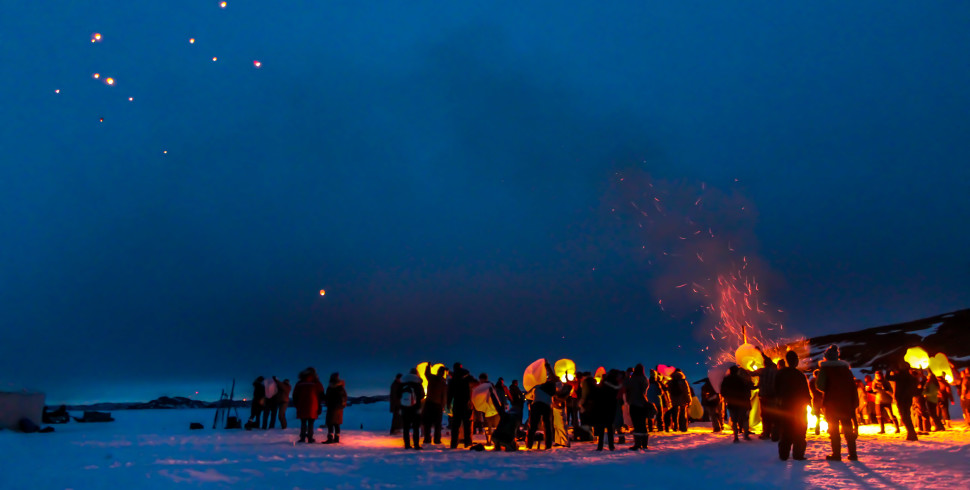
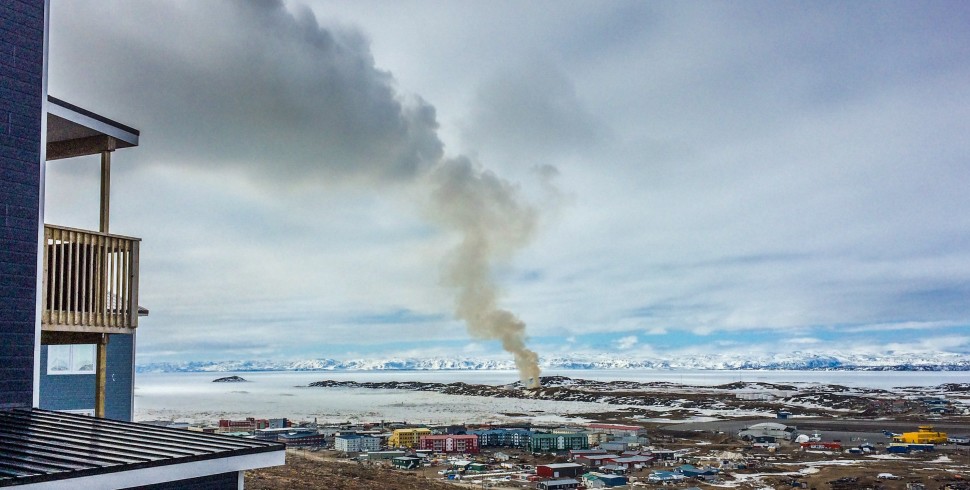


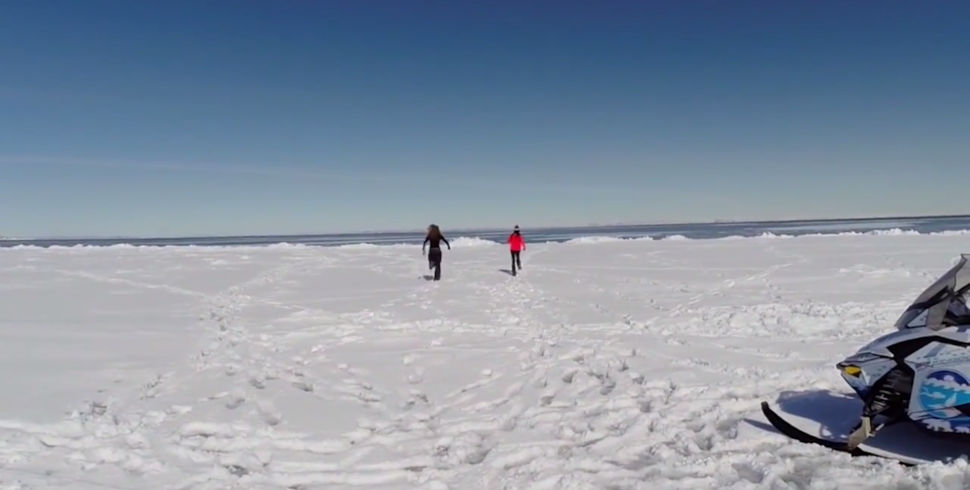
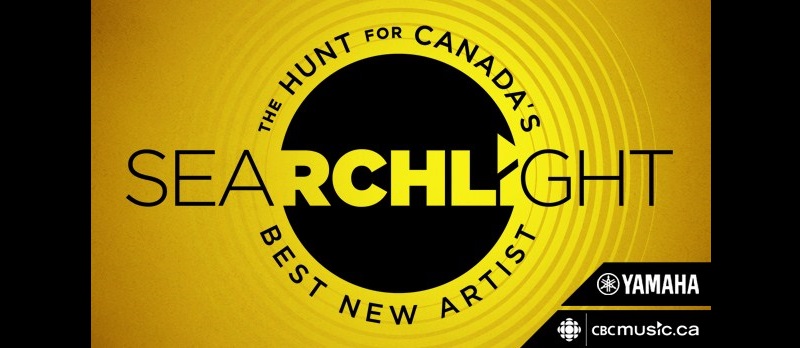
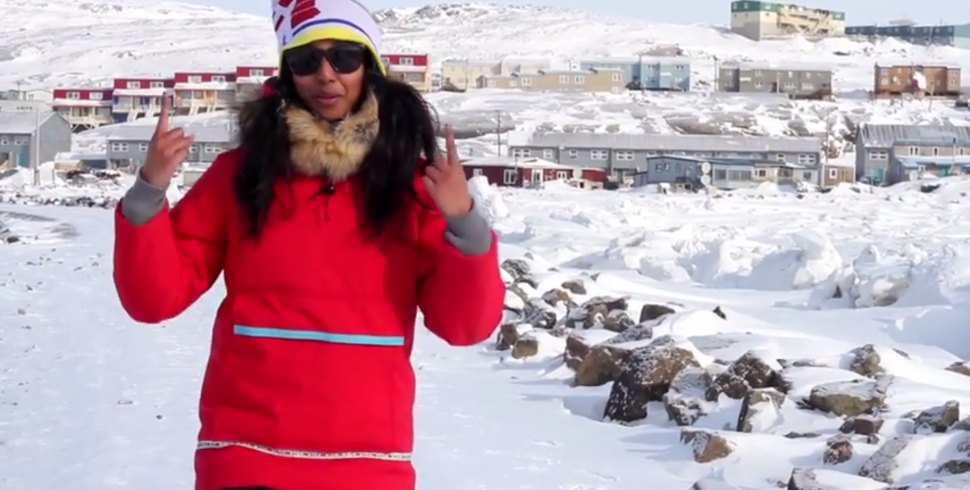
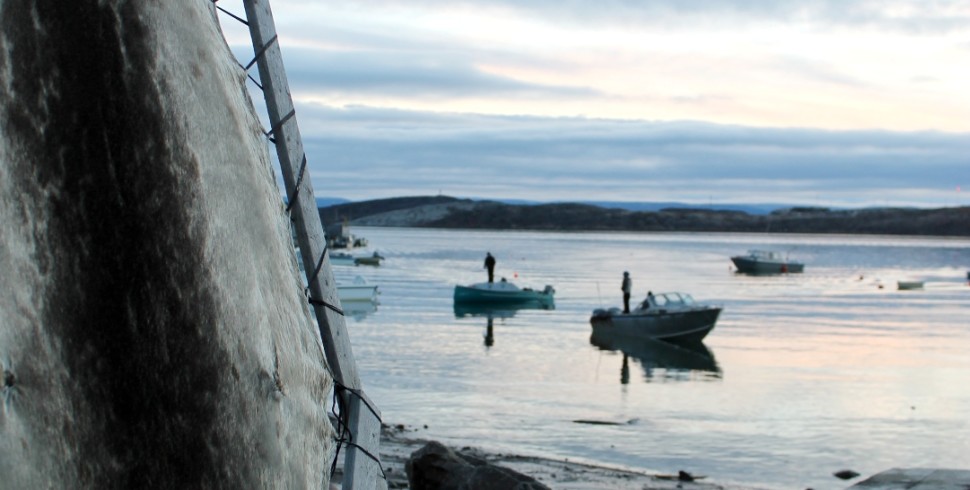


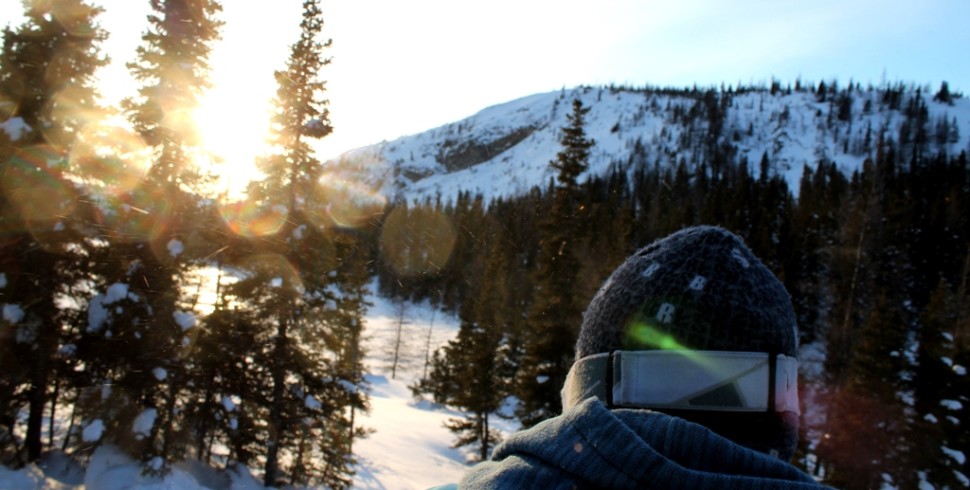
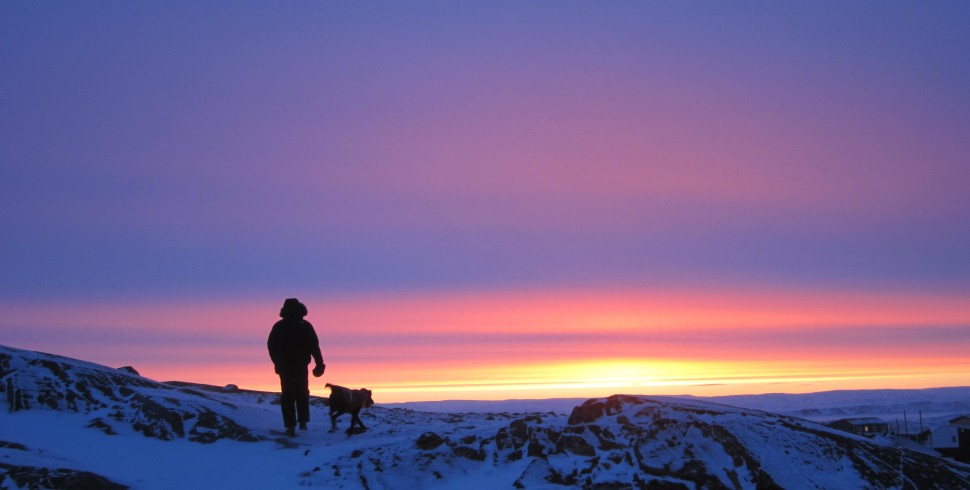


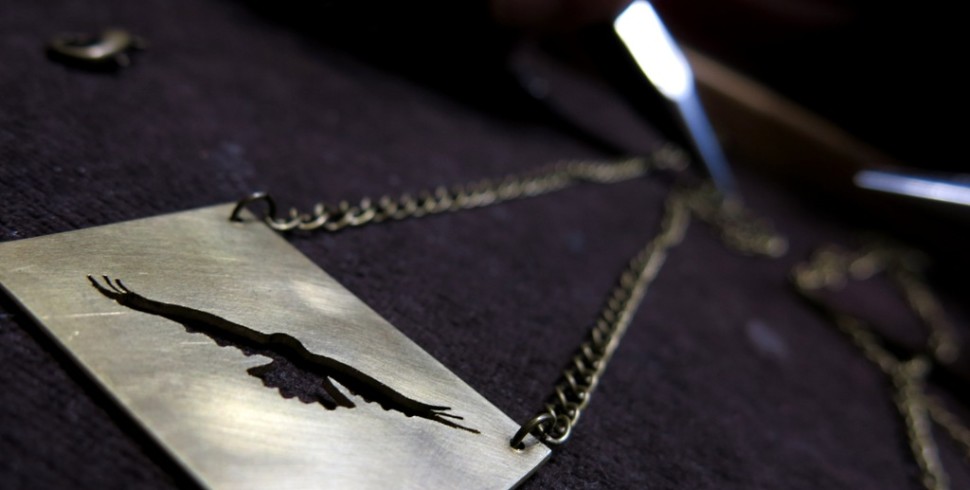
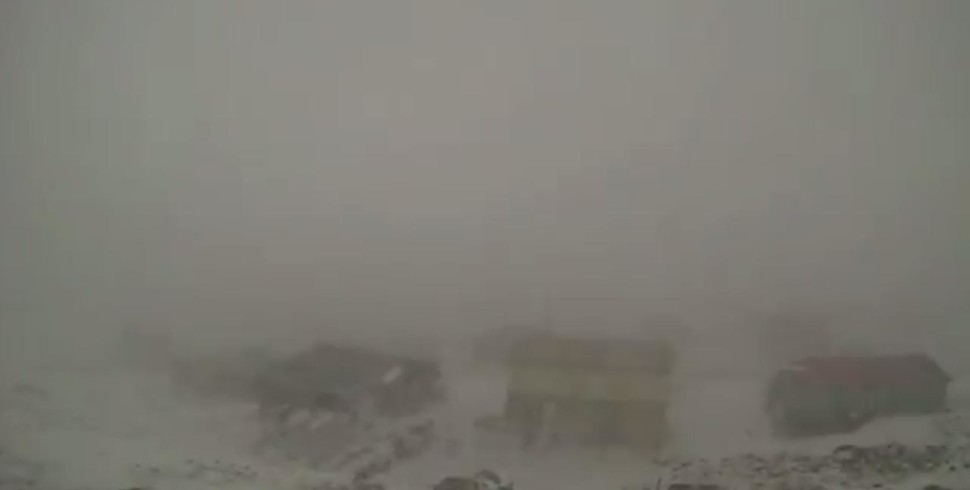
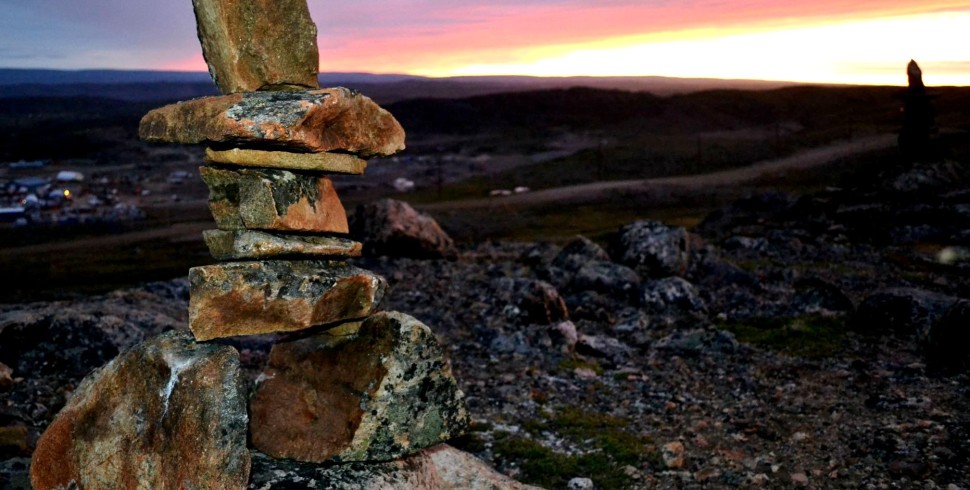
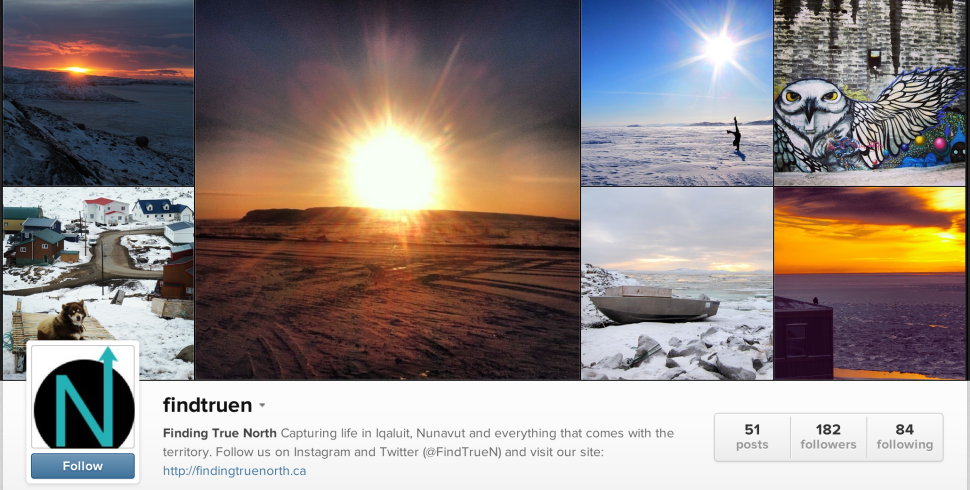
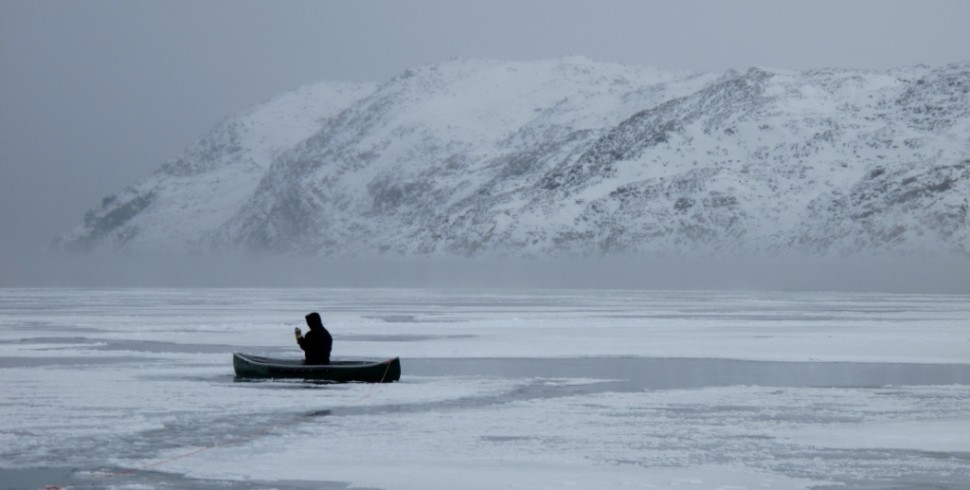
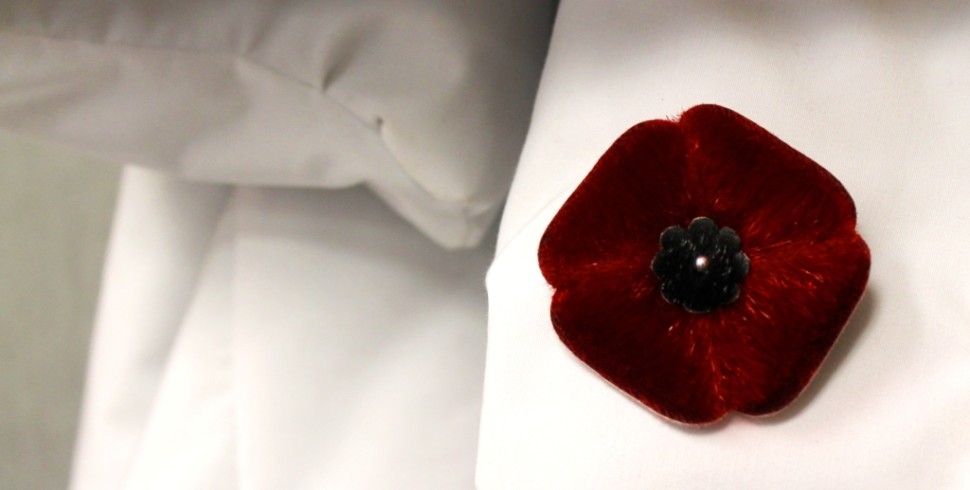
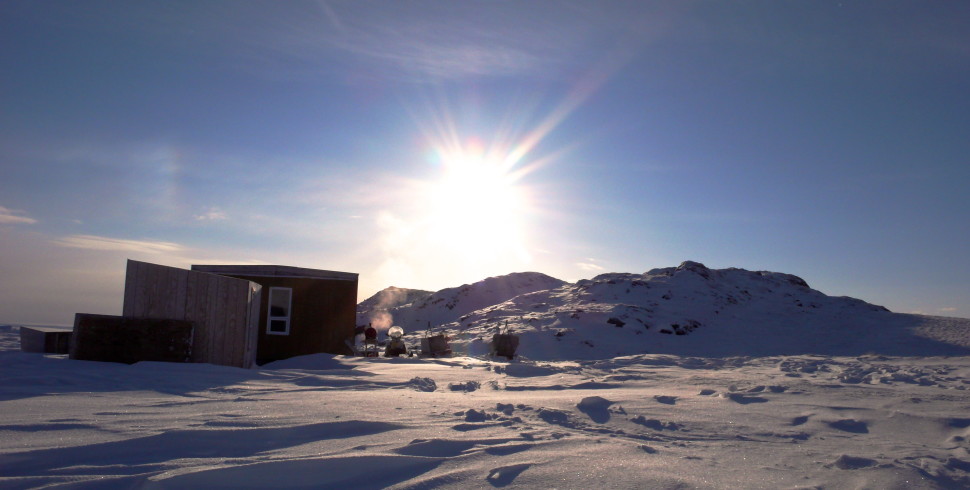
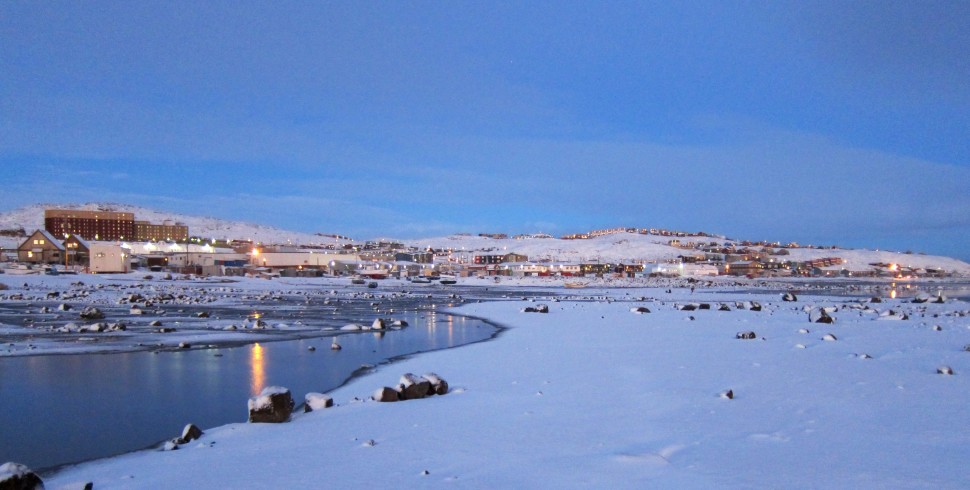
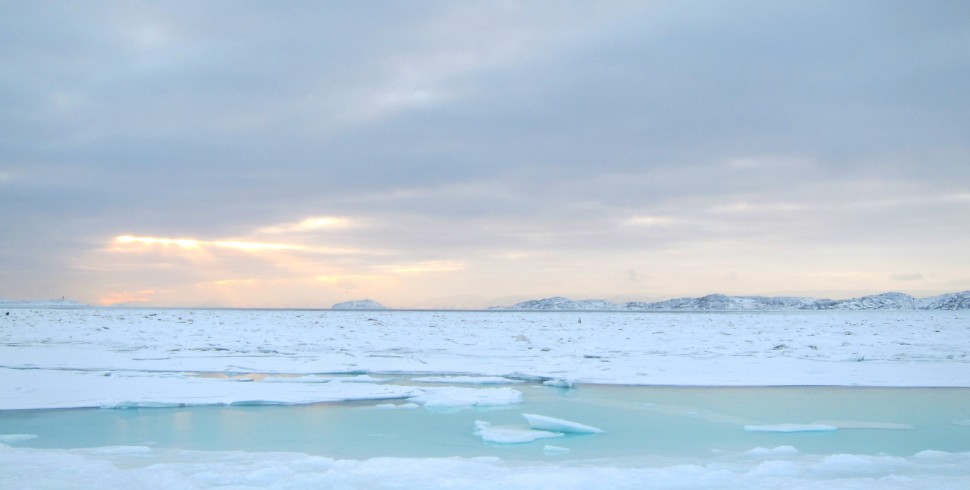
Pingback: CCARG on Finding True North: Top 8 Moments of Arctic Change 2014 | Climate Change Adaptation Research Group
Pingback: Dos and Don'ts of Conducting Research in Nunavut - Finding True North